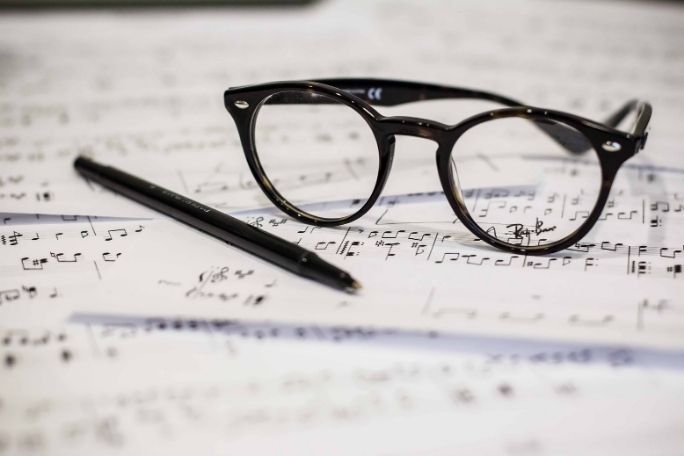Lesson summary
This lesson is designed for a flipped classroom, where students learn new content by watching a video in their own time. This strategy provides the opportunity for students to build their knowledge, attitudes and values by themselves, thereby freeing up class time for hands-on work.
Learning intentions:
Students will...
- understand the impact of waste on our environment and how waste can be transformed turned into new items
- recognise the importance of making and listening to music in cultures other than their own.
Success criteria:
Students can...
- describe how to make musical instruments using recycled objects.
Lesson guides and printables
Curriculum links
Select your curriculum from the options below.
Lesson details
Curriculum mapping
Australian curriculum content descriptions:
Year 7 & 8 Music:
- Identify and connect specific features and purposes of music from different eras to explore viewpoints and enrich their music making, starting with Australian music including music of Aboriginal and Torres Strait Islander Peoples (ACAMUR098).
Year 9 & 10 Music:
- Analyse a range of music from contemporary and past times to explore differing viewpoints and enrich their music making, starting with Australian music, including music of Aboriginal and Torres Strait Islander Peoples, and consider music in international contexts (ACAMUR105).
Syllabus Outcomes: MUS4.7, MUS4.11, MUS4.12, MUS5.7, MUS5.11, MUS5.12
General capabilities: Critical and Creative Thinking, Ethical Understanding, Intercultural Understanding
Relevant parts of Year 7 and 8 achievement standards: Students identify and analyse how the elements of music are used in different styles and apply this knowledge in their performances and compositions. Students manipulate the elements of music and stylistic conventions to compose music.
Relevant parts of Year 9 and 10 achievement standards: Students analyse different scores and performances aurally and visually. They evaluate the use of elements of music and defining characteristics from different musical styles. They interpret and perform music with technical control, expression and stylistic understanding.
Time needed: 30 minutes.
Level of teacher scaffolding: Low – allow students to explore the topic independently.
Resources Required
- Internet, laptops and earphones
- Student Worksheet
- Optional: Fanfare Competition DIY Student Toolkit
Skills
This lesson is designed to build students’ competencies in the following skills:
- Collaboration
- Digital literacy
- Problem solving
- Social skills
Additional info
This lesson is part of the Fanfare Competition unit. The unit is designed for students to build their aural and technical skills while exploring music as an art form through listening, composing and performing. Students are encouraged to apply their learning by planning and organising a composition for the Fanfare Competition.
The competition encourages young people aged 12‐21 years to write a new work to be recorded by the Australian Youth Orchestra and played in venues across Australia to replace the ‘cue bells’ for audiences to take their seats. It is a wonderful way to showcase young artists and musicians, and encourage creativity in young people.


Welcome back!
Don't have an account yet?
Log in with:
Create your free Cool.org account.
Many of our resources are free, with an option to upgrade to Cool+ for premium content.
Already have an account?
Sign up with:
By signing up you accept Cool.org's Terms and Conditions(Opens in new tab) and Privacy Policy(Opens in new tab).